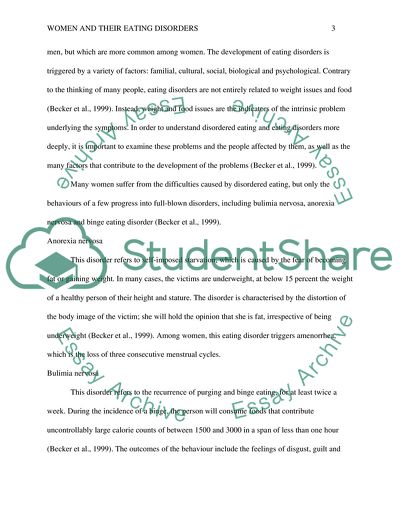Cite this document
(Women and Their Eating Disorders Coursework Example | Topics and Well Written Essays - 2500 words, n.d.)
Women and Their Eating Disorders Coursework Example | Topics and Well Written Essays - 2500 words. https://studentshare.org/psychology/1819938-women-and-their-eating-disorders
Women and Their Eating Disorders Coursework Example | Topics and Well Written Essays - 2500 words. https://studentshare.org/psychology/1819938-women-and-their-eating-disorders
(Women and Their Eating Disorders Coursework Example | Topics and Well Written Essays - 2500 Words)
Women and Their Eating Disorders Coursework Example | Topics and Well Written Essays - 2500 Words. https://studentshare.org/psychology/1819938-women-and-their-eating-disorders.
Women and Their Eating Disorders Coursework Example | Topics and Well Written Essays - 2500 Words. https://studentshare.org/psychology/1819938-women-and-their-eating-disorders.
“Women and Their Eating Disorders Coursework Example | Topics and Well Written Essays - 2500 Words”. https://studentshare.org/psychology/1819938-women-and-their-eating-disorders.


